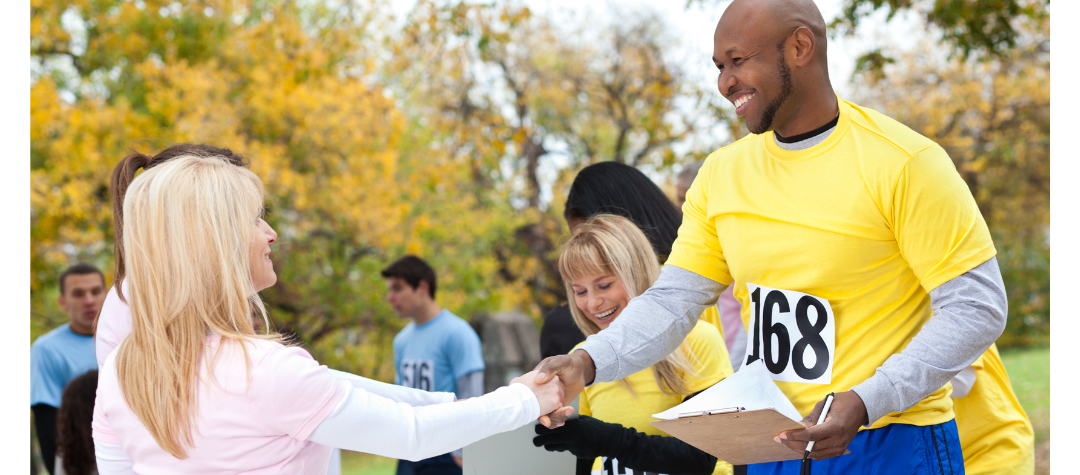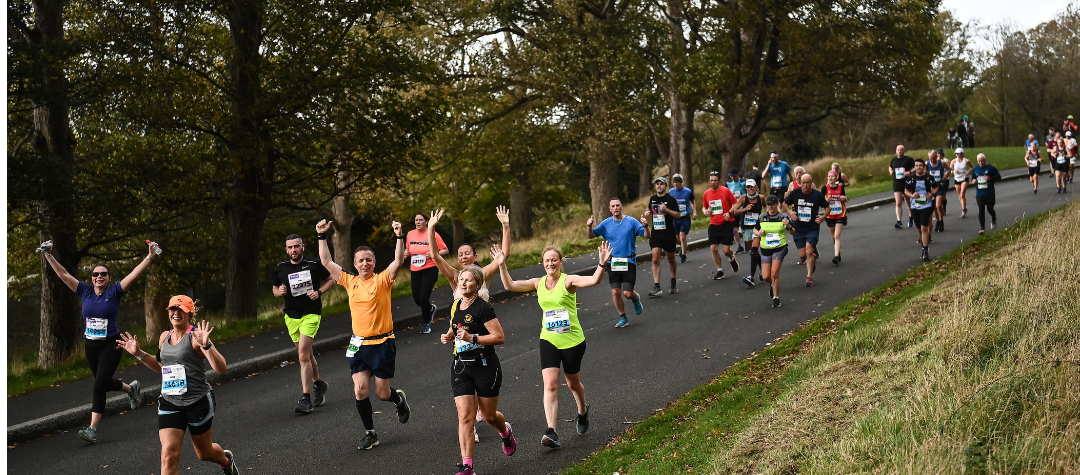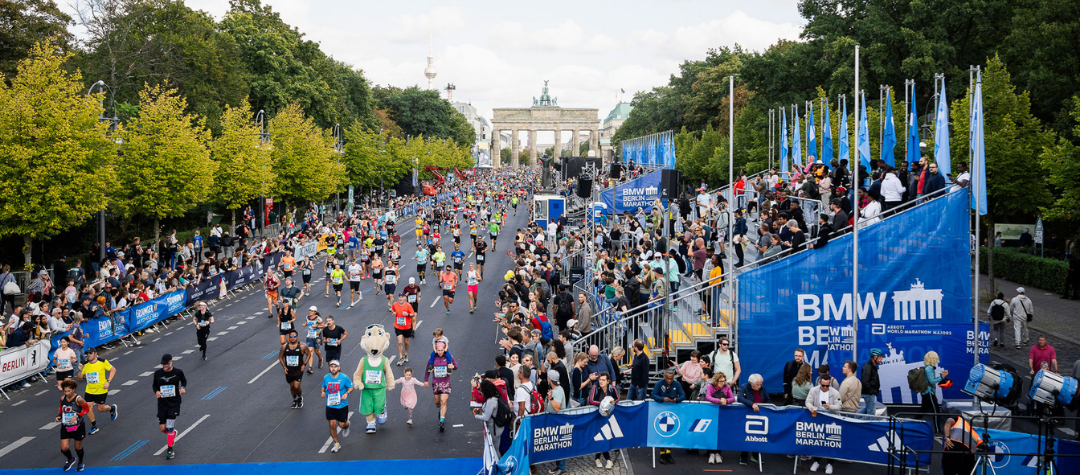Walking the Inca Trail is often described as one of the best treks in the world. So why not set off on the adventure of a lifetime and walk the Inca Trail to the ancient Inca city of Machu Picchu.
The Inca Trail is a mountainous jungle hike, set in the Peruvian Andes, leading to the stunning ancient ruins of the sacred Machu Picchu. The trail combines an amazing mix of Inca ruins, mountain scenery, dense cloud forest and subtropical jungles with orchids, hummingbirds, waterfowl and the majestic Andean Condor to be enjoyed along the way.
Trekking the Inca Trail
The example four-day trek along the Inca Trail to Machu Picchu outlined below is a spectacular adventure, crossing several high mountain passes and ravines, climbing long flights of steps and tunnels, all cut through solid rock by the ancient Incas. The route takes in the breathtaking snow capped mountains of the Peruvian Andes as well as the amazing Inca ruins before passing through the Intipunku Pass (literally the Gateway of the Sun) to arrive at the ancient lost city of the Incas – Machu Picchu.
The 28 mile (45 km) trek is usually covered in four days from the city of Cusco, arriving at Machu Picchu at daybreak on the final day, allowing a day to take in the stunning Inca city ruins before returning to Cusco by train in the afternoon.
Even though the route is usually done in four days you can opt to do it over a longer period in order to make it easier and enjoy the scenery and amazing Inca Ruins along the way.
Day-to-day itinerary
Day 1 Inca Trail
Before day one of your trek we recommend taking a rest day to explore the amazing city of Cusco. Transport will collect you early in the morning of day one from your accommodation in Cusco for a bus trip to the city of Chilca. You start the trek by crossing the Vilcanota River before it climbs steeply to a small village. Day one is relatively easy and you can enjoy the ruins of the Inca hillfort of Huillca Raccay and other Inca ruins buried in the forest.
The trail then descends to the Cusichaca River and as you walk you get amazing views of the Urubamba mountain range and the snow capped summit of Veronica at 19,225 feet (5,860 metres). The trail follows the left bank of the river for a further 4.3 miles (7km) up to the small village of Wayllabamba at an altitude of 10,826 feet (3,300 metres) where you will camp for the night.
Day 2 Inca Trail
Your porters, dressed in their colourful ponchos, prepare a welcome breakfast before it is time to set off on day two. The trail climbs for about one hour before crossing the small stone bridge over the Huayruro River before soon passing a waterfall and entering into a beautiful cloud forest. The trail then steepens through the forest.
Day two is the toughest part of the Inca Trail but it is worth it as your efforts take you to the highest part of the trail for some breathtaking views over the surrounding area from Abra de Huarmihuañusca or 'Dead Woman's Pass' at 13,779 feet (4,200 meters). You can now celebrate in the knowledge that you have conquered the toughest part of the trail as it now descends to reach the second night’s campsite at Pacamayo. Here you will enjoy a well-earned dinner.
Day 3 Inca Trail
After breakfast, day three starts with a one-hour trek up to the impressive Inca ruins of Runkuracay. The trail starts to follow the original paving and steep steps laid by the Incas before reaching Sayacmarca or 'Inaccessible Town' protected on three sides by sheer cliffs.
After some lunch you re-join the trail to descend into the amazing cloud forests full of orchids, hanging mosses, tree ferns and flowers and pass through an Inca tunnel, carved into the rock.
The trail then climbs up out of the forest to offer fantastic views of the surrounding snow-capped peaks before reaching the amazing ruins of Phuyupatamarca or 'Town in the Clouds’.
After exploring the ruins the trail again descends into the cloud forest before reaching the hostel at Wiñay Wayna after one hour of trekking. You camp here but there is a welcome restaurant where you can purchase drinks or a well deserved beer, as well as hot showers.
Day 4 Inca Trail
Feeling refreshed after your hot shower and a good night's sleep it's time to set off for an early 5.30 am start on the final day of the trail and your goal... the amazing Inca ruins of Machu Picchu.
From the hostel it is a short one-and-a-half hour trek to Machu Picchu. As you leave the cloud forest you arrive at an almost vertical flight of 50 steps leading up to the final pass at Intipunku or 'Sun Gate' and suddenly Machu Picchu is there before you.
Your early start means you have plenty of time to explore and enjoy the ruins and take lots of photos. There is a two-hour guided tour available after which you can explore the ruins on your own. There is then a final short bus ride from Machu Picchu to the nearby village of Aguas Calientes for the four hour train ride back to Cusco. If time permits before leaving Aguas Calientes soak your aching muscles in famous thermal springs – a welcome treat after having completed the trail.
How to get to Cusco
Get flights to Cusco via Lima, the Peruvian capital. Make sure you take a few days to recover from your flight before setting off on your trek. Exploring the beautiful city of Cusco is a great option. Cusco is the former capital of the Inca Empire and one of the world's most fascinating cities and because the city sits at 10,826 ft (3,300 metres), it is a good idea to spend a few days there acclimatizing to the altitude before embarking on the Inca Trail.
For a number of reasons including an attempt to limit damage to the trail and Inca ruins, the number of daily trekking permits on the trail has been reduced to 500 per day. This means that it is best to book your trek well in advance and not to simply book a flight to Cusco in the hope of finding a trail guide, as the chances are there will be no trekking permits available.
Cost considerations of the Inca Trail trip
The cost of your trip should include transport from your hotel accommodation in Cusco to the start of the trail, guide and porters fees and food for the trip. Remember to always check what is included in your trip before you book as details can vary between providers.
Who can do the Inca Trail?
The Inca Trail involves walking in mountainous and jungle terrain at high altitudes where oxygen levels are lower than you may be used to, and daily walking is around six hours per day. Anyone who is moderately fit can do the Inca Trail but previous experience of wilderness camping is very useful.
Regardless of your level of fitness, it is always good advice to have a full medical check-up before deciding whether or not to tackle the Inca Trail. Also when you are planning your trip ensure you have had at least one rest day after flying to Cusco to recover from any jet lag or travel fatigue.
Medical information
Always consult your doctor for a list of all the medical requirements for a trip to Peru and a trek along the Inca Trail.
Vaccinations for Tetanus, Typhoid and Hepatitis A are needed. Your doctor may also recommend Rabies and Diphtheria injections. Altitude sickness tablets are also highly recommended for the trail. Be aware that Peru is one of the poorest countries in South America and unfortunately the hygiene standards reflect this. Take care to avoid tap water, unwashed fruit, ice, seafood and all food sold by street vendors.
Make sure you have adequate insurance cover for any medical costs and repatriation in an emergency. In addition, extra insurance for loss of baggage and cancellations is a good idea.
Why not walk the Inca Trail for a charity?
Get sponsored for your trip and raise loads of cash for a worthy cause. Not only will you have trekked one of the most amazing trails in the world but you'll have helped other people too... the feeling of achievement will be fantastic!
Feeling inspired? Why not view our list of Partner Charities and pick a great cause to support.















